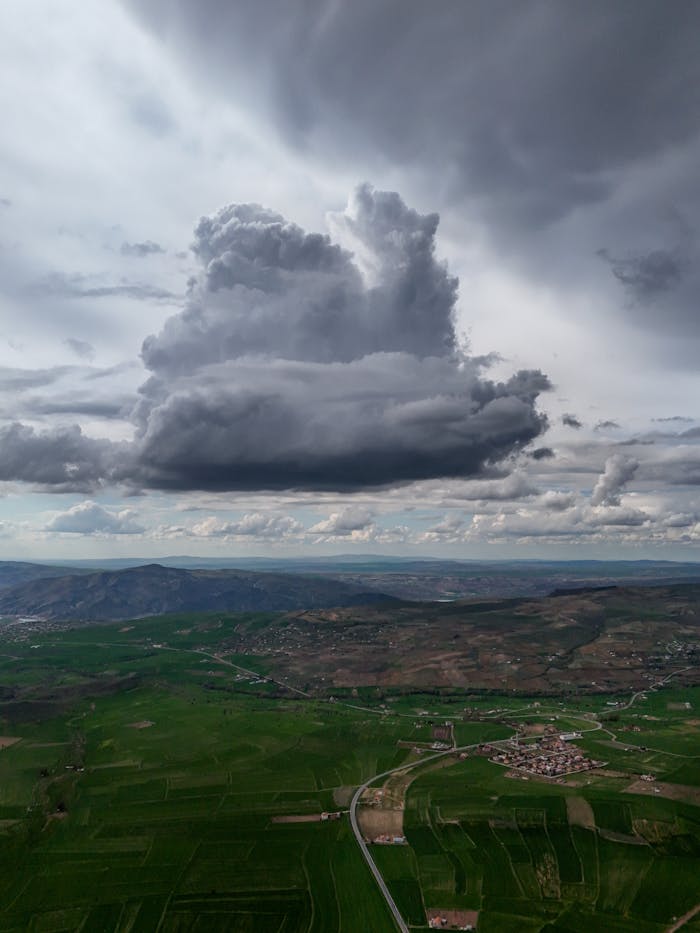Introduction
Agriculture has always been influenced by weather. Farmers and agribusinesses rely on accurate information about rainfall, temperature, and soil conditions to make decisions that directly affect crop yields and profitability. In today’s digital era, weather-driven data solutions powered by APIs are transforming how agriculture operates — making farming smarter, more efficient, and more sustainable.
The Challenges Farmers Face Without Weather Data
Agriculture is highly vulnerable to weather uncertainties. Without reliable data, farmers face:
- Crop losses due to unexpected frost or drought
- Inefficient irrigation leading to water waste
- Increased costs from reacting instead of planning
- Difficulty in long-term crop cycle planning
- Reduced sustainability in resource management
What Are Agricultural Weather APIs?
An Agricultural Weather API provides real-time and forecasted weather information tailored to farming needs. Unlike general weather apps, these APIs deliver specialized data such as:
- Rainfall predictions and precipitation intensity
- Soil moisture and temperature insights
- Frost and drought alerts
- Growing season forecasts and climate trend analysis
Developers can integrate these APIs into farm management software, mobile apps, or IoT devices in the field.
Benefits of Weather-Driven Data in Agriculture
1. Improved Crop Yields
Farmers can adjust planting and harvesting schedules based on reliable weather forecasts.
2. Optimized Irrigation
With access to rainfall predictions and soil moisture data, irrigation can be fine-tuned to save water and reduce costs.
3. Risk Reduction
Early warnings about frost, storms, or heatwaves give farmers time to protect crops and equipment.
4. Sustainable Farming Practices
Data-driven insights enable resource-efficient farming, helping reduce environmental impact.
5. Better Long-Term Planning
Historical and seasonal climate trends allow farmers to plan crop rotations and investments with confidence.
Real-World Applications
- Precision agriculture software: Automating irrigation and fertilization schedules.
- Crop monitoring apps: Delivering real-time updates to farmers’ smartphones.
- IoT devices: Sensors in fields connected to weather-driven APIs for live soil data.
- Agri-insurance: Providers assessing risk with accurate weather history and forecasts.
Key Features to Look For in an Agricultural Weather API
- Localized forecasts at field-level precision
- Historical and seasonal data for better planning
- Integration with IoT systems
- Multi-language SDKs for easy development
- Scalable API pricing for farms of all sizes
Conclusion
The future of farming lies in data-driven decision-making. Weather-driven solutions like Agricultural Weather APIs help farmers maximize yields, reduce risks, and operate more sustainably.
By integrating these tools into daily operations, the agriculture industry can move toward a future where farming is not only more profitable but also more resilient and environmentally responsible.


